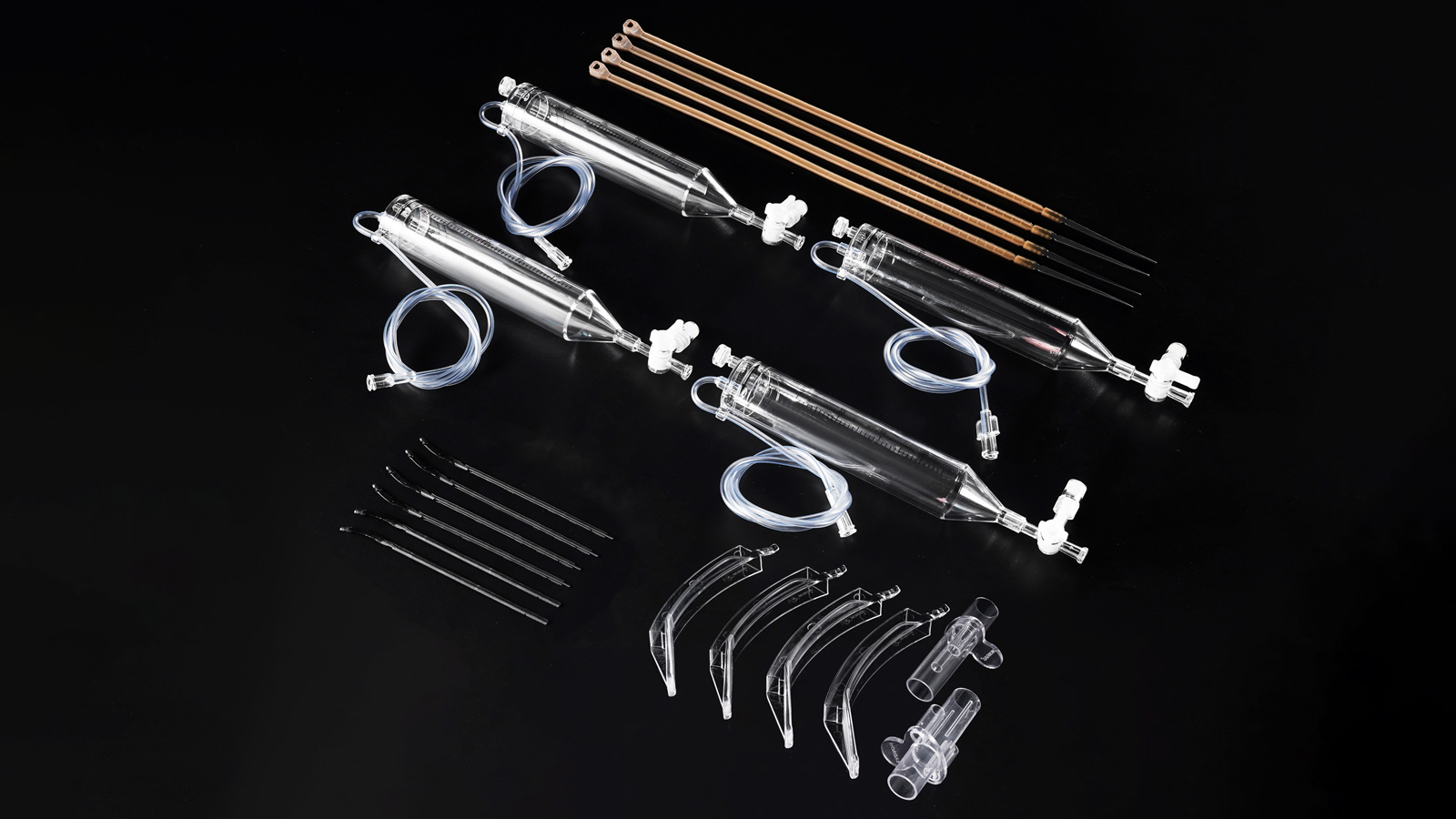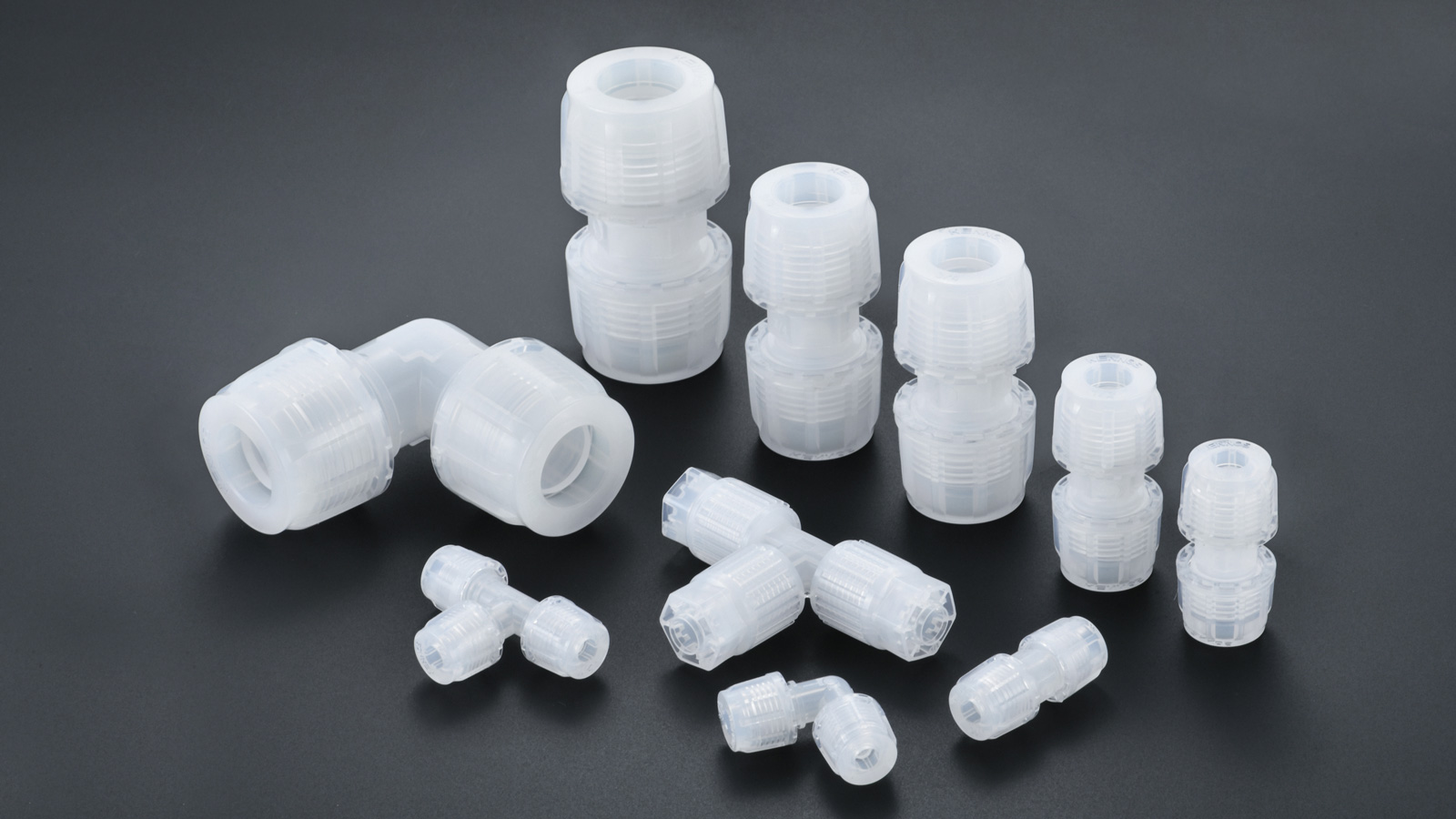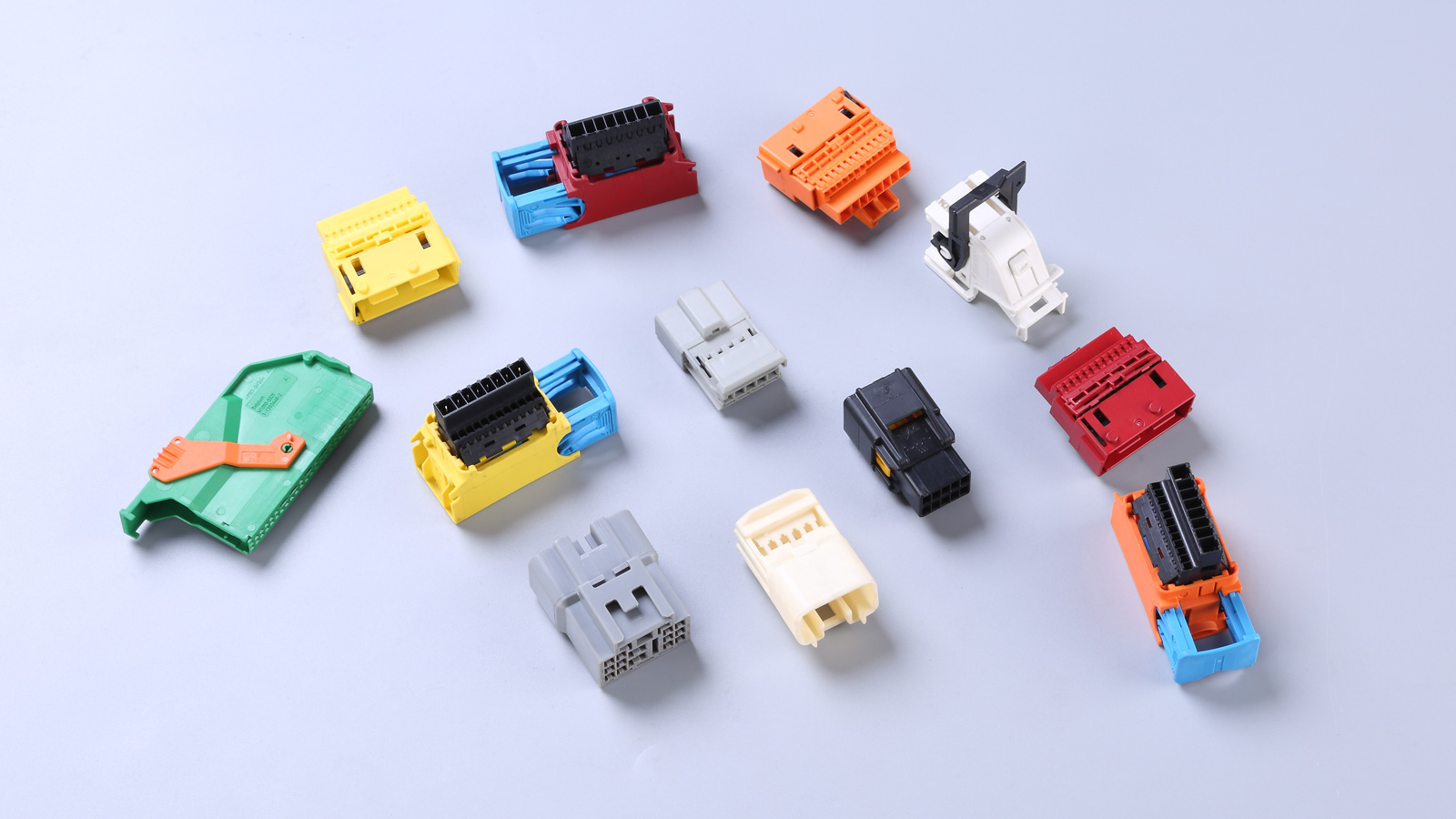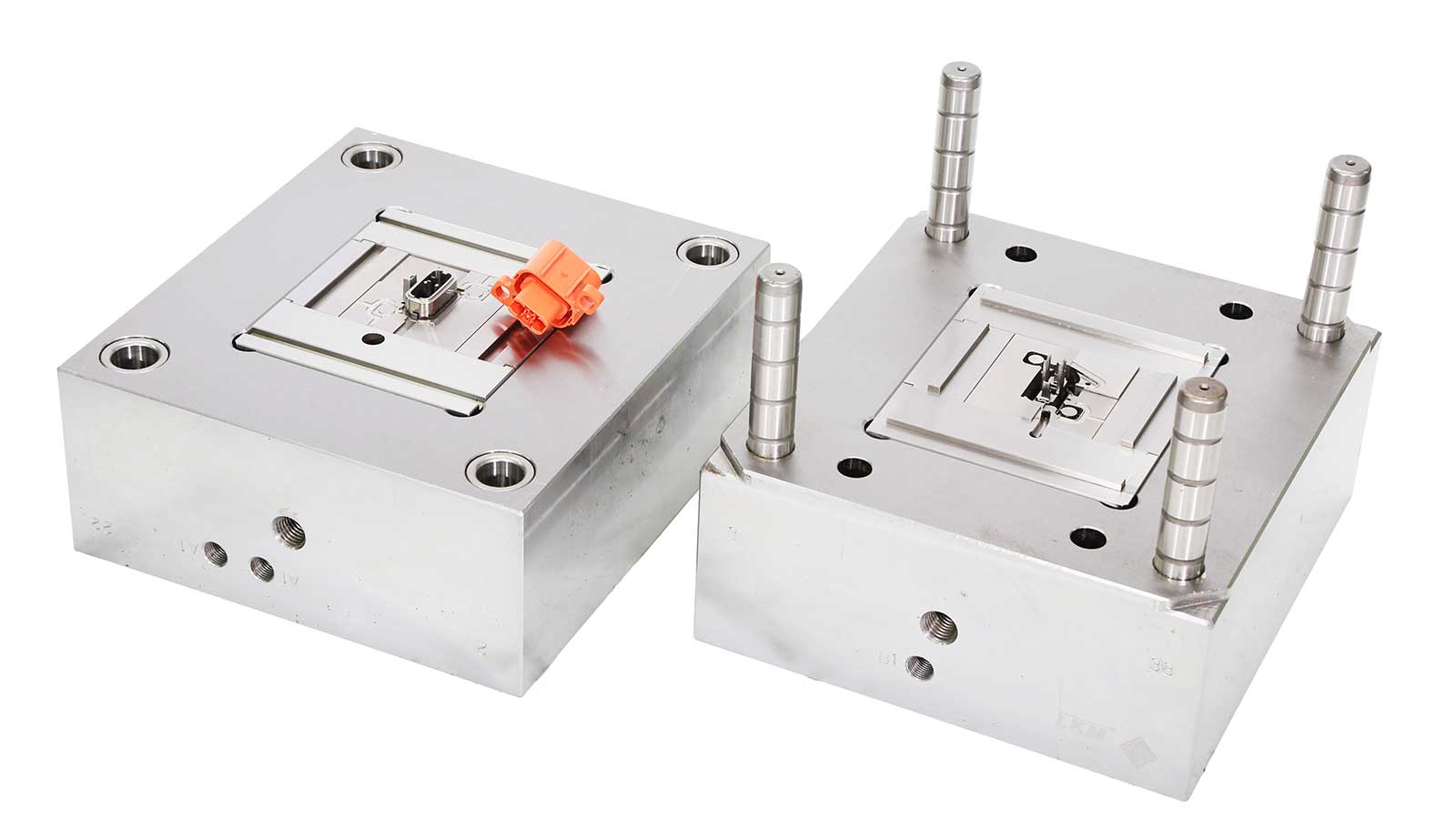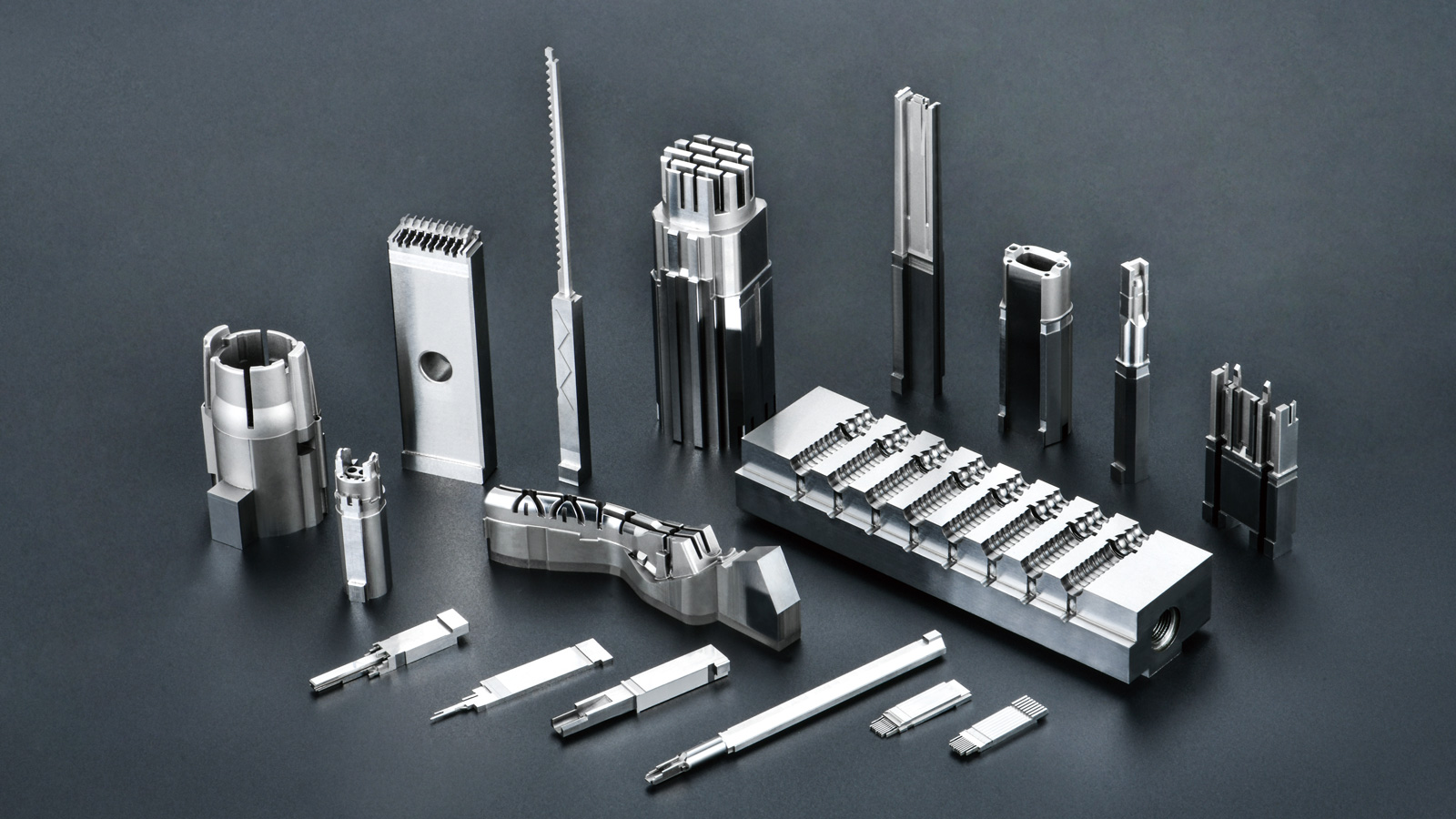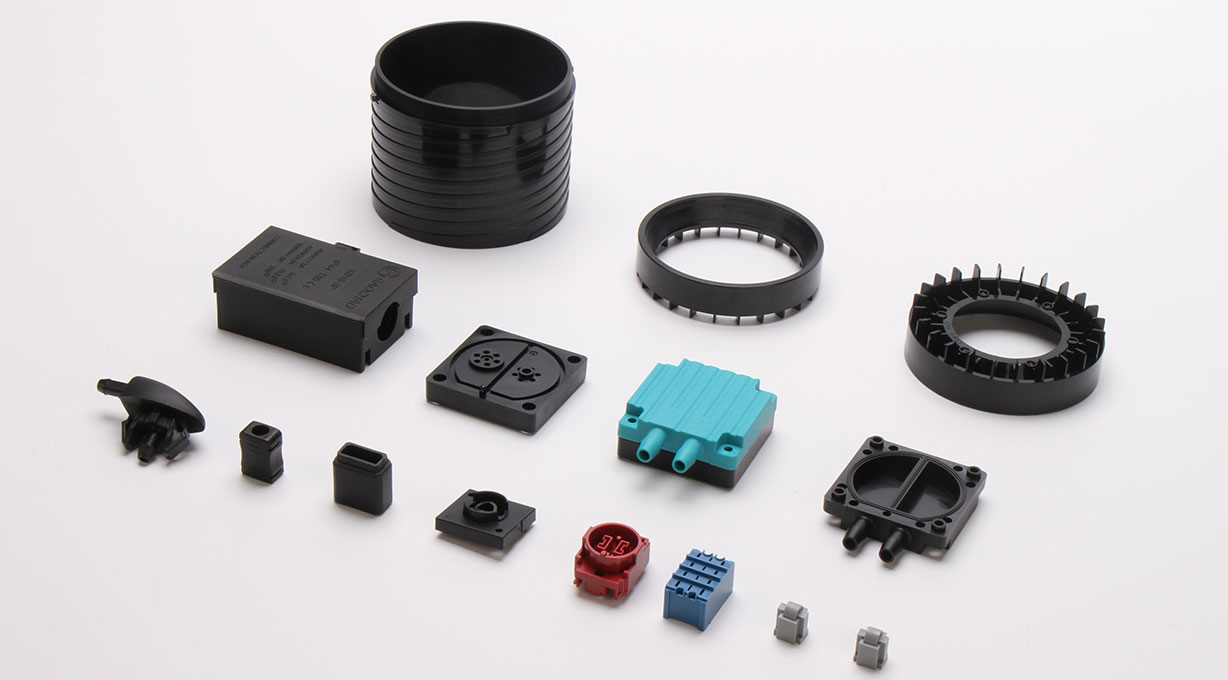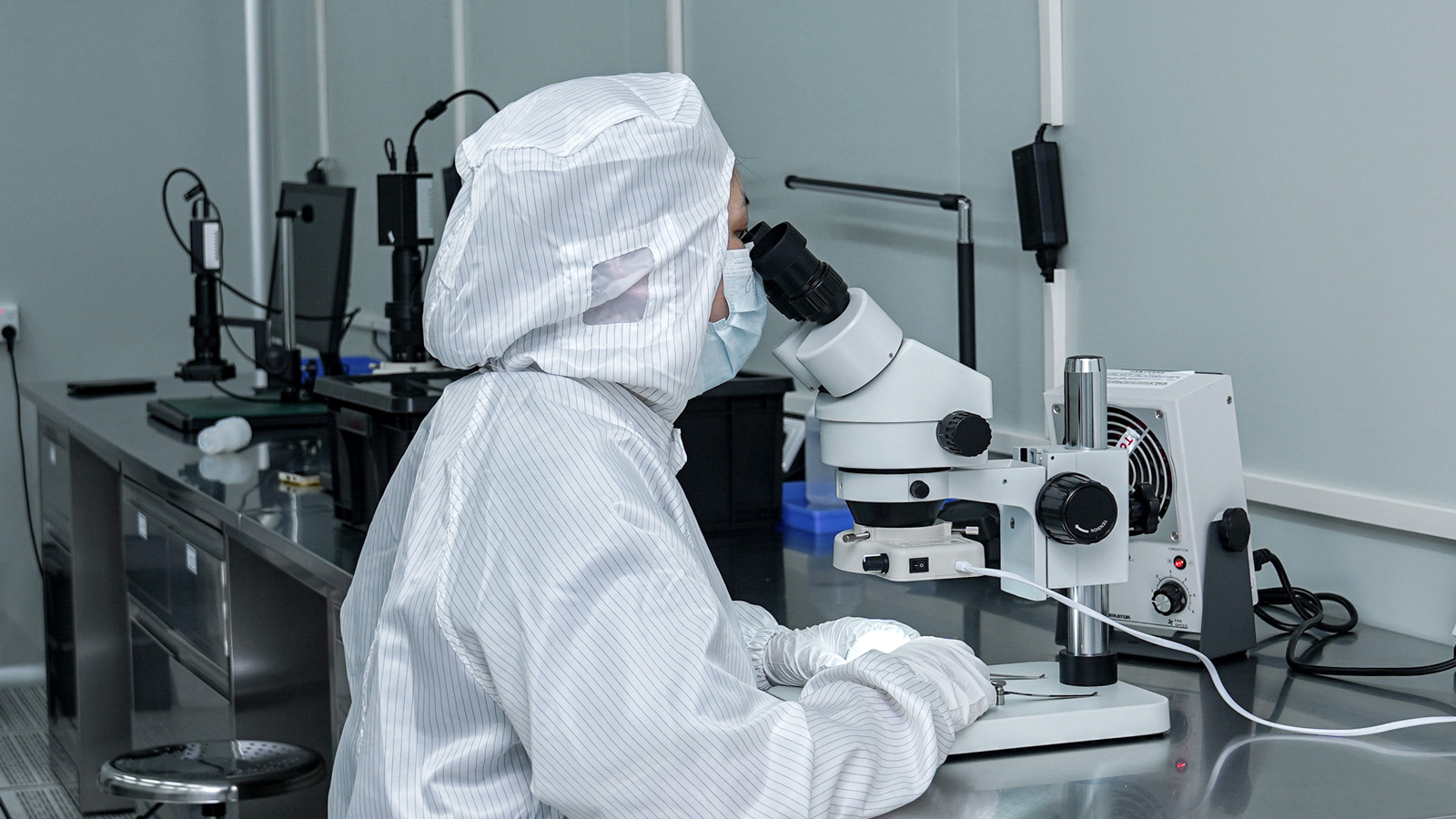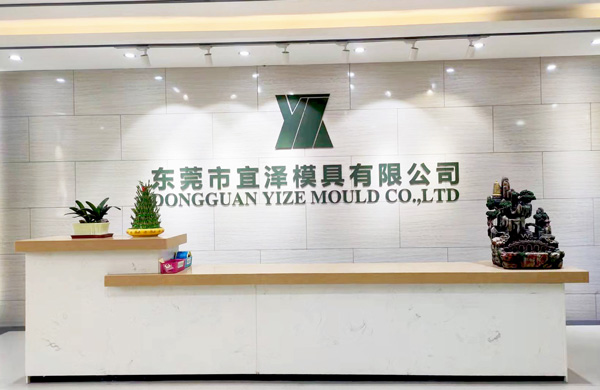In the production process of plastic injection molds, the presence of sprue gate residues is a common yet troublesome issue. These residual materials not only hinder the normal operation of the mold but also reduce production efficiency and may adversely affect product quality. Don’t worry! Here, we’ll provide a detailed introduction to several effective methods for removing spure gate residues that remain inside the sprue gates of plastic injection molds.
1. Clever Use of Copper Rod Tapping
Copper rods can play a significant role when dealing with sprue gate residues. Prepare a thick copper rod and a thin copper rod. On the inner side of the sprue gate of the plastic injection mold, use the pointed end of the thick copper rod to gently tap the sprue gate residue. Pay attention to the feel during tapping. Once you sense a slight movement of the residue, immediately switch to the thin copper rod and carefully remove the residue. This method is relatively simple to operate, but it requires the operator to have some experience in accurately controlling the tapping force and rhythm to avoid causing unnecessary damage to the mold.
2. Well-Stocked Copper Rods for All Situations
To handle various possible scenarios more calmly, it’s advisable to keep several thin copper rods with diameters smaller than that of the sprue gate and a thick copper rod on the injection molding machine in advance. When encountering residual materials in the sprue gate, select an appropriately sized copper rod based on the actual situation of the residue for operation. Different molds and residue conditions may require copper rods of different thicknesses for treatment. Having a full set of copper rods ensures a more proficient and efficient solution to the problem.
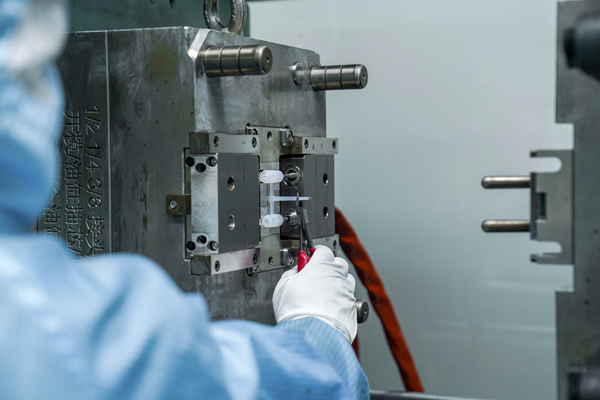
3. Avoid Using Screwdrivers as Substitutes
Some people may think of using screwdrivers instead of copper rods when dealing with sprue gate residues. However, this approach carries significant risks. The material and shape of screwdrivers differ from those of copper rods. Screwdrivers are harder and have sharper edges, making them prone to scratching or damaging the plastic injection mold during use. Once the mold is damaged, it will not only affect subsequent production but also increase maintenance costs and time. Therefore, to protect the mold, it’s best to avoid using screwdrivers to handle sprue gate residues.
4. Heating, Poking, and Cooling Extraction
If the sprue gate residue in the plastic injection mold gate cannot be poked out from the sprue gate side, the heating, poking, and cooling extraction method can be employed. Prepare an iron wire and a heater such as an alcohol lamp. Heat the iron wire until it turns red, and then carefully poke it into the sprue gate residue from the side of the plastic injection mold. After the residue is fully heated, let it cool naturally. Once cooled, use pliers to grip the residue. To prevent the pliers from damaging the injection mold during extraction, place a brass plate or a cloth strip at the lower end of the pliers for cushioning and protection. This method is suitable for stubborn residues that are difficult to remove directly.
5. Solvent Dissolution Extraction
When the above methods fail to remove the sprue gate residue, the solvent dissolution extraction method may solve the problem. Apply a solvent corresponding to the material, such as acetone, onto the sprue gate residue. Allow the solvent to dissolve the residue for a certain period while observing the changes in the residue. Once the residue has been dissolved to a certain extent, use a brass rod to slowly remove it. It’s important to note that when using solvents, keep away from open flames as many solvents are flammable, and approaching a fire source may trigger safety accidents such as fires.
6. Mold Cleaning Before Resuming Production
After successfully removing the sprue gate residue, the cleaning of the mold should not be overlooked. Use air to blow clean the inside of the sprue gate hole of the plastic injection mold to ensure no residual impurities remain. Then, spray a mold release agent into the sprue gate hole. This prepares the mold for subsequent production, enabling smoother mold release during the next use and improving production efficiency and product quality.
Mastering these methods for removing sprue gate residues from plastic injection molds can help us solve problems more efficiently during the production process and ensure the smooth progress of production. I hope these methods will be helpful to you!
